Everyday carry (EDC) no longer only refers to a concealed pistol and a CCW permit. As the discipline evolves, equipment such as tourniquets and survival kits are going from the realm of soldiers and cops to join everyday Americans. Carrying a concealed not always an option, however. Whether on vacation in foreign lands or in a “gun-free zone,” our surrounding environment might force us to shift to non-lethal instruments for self-defense.
For these reasons, we’ve assembled a panel of experts to get their take on what you need for both lethal and non-lethal setups in a variety of conditions.
MIKE PANNONE: Lethal & Non-Lethal Setups
U.S. Army Special Operations veteran, founder of
What is your current setup for personal protection?
I carry a CZ P-07 in an appendix rig. If I’m wearing lighter garments due to heat, I always double check to ensure I’m not printing. All of my vehicles have the equivalent of an IFAK plus extra tourniquets. Additionally, we always carry a backup charging device and accessory cables for our phones, because sometimes good comms might be what saves you, not a weapon.
Understanding your family’s differences in ability, what do you encourage them to carry?
My wife is a very competent shooter, and she carries a 9mm M&P Shield, also in an appendix holster. Her holster allows her to clip it in various locations, so she can put in in a purse, a backpack or just wear it on her body.
In our house, we’ve rehearsed different contingencies for addressing hostile incidents. If our daughter is present, my wife will take her and I’ll address the problem. If it’s just my wife and I, I’ll cover her withdrawal, and she’ll call for help. Because of my background, we agree that I’m the one that will call the shots, but if my wife sees something important going on, we know how to flex as necessary.
If you couldn’t carry a firearm on vacation, what type of non-lethal protection would you use?
First, I look on the State Department website and do a quick area study of the country and any criminal or terrorist trends. Next, I’ll look at the city being traveled to and the police station and hospitals relative to my lodging location. Finally, I’ll look for terrain features or easily identifiable buildings as reference points. I want to be able to say, “If the river is to my left, then I’m heading south,” or “If the church steeple is to my west, then the hospital is generally west by northwest.” That is urban navigation and terrain association. To do that effectively and precisely, I always have a small compass.
If I can’t bring any weapons of any type, then I look for impact and edged weapons that are locally procurable. A good flashlight is a must. I carry either a SureFire Executive or Back-Up overseas, and they’re useful for many tasks. These lights are great impact weapons that are legal all over the world. Small edged improvised weapons are also available anywhere in the world, so that’s not an issue.
As for family planning, we always have “check-in” time windows when out and no-contact linkup points. If someone misses the scheduled call, then we begin moving to that point, and if they miss a second call and are not at the linkup point, we notify the local authorities.
AMY ROBBINS: Lethal & Non-Lethal Setups
What is your current setup for personal protection?
For fashion-conscious women, we face many challenges when it comes to both our safety and how we carry. I constantly ask myself, “On or off body?” If I’m wearing a knee-length dress, can I wear a thigh-high holster? If I do, will it print, or do I need to carry in a purse? This might seem as simple as switching holsters, but what I wear actually determines which firearm I carry. If I’m carrying a bag, I’m comfortable concealing a Sig Sauer P938. If I’m wearing workout clothes or jeans, I might switch it up to a Glock 43 in a Kydex holster.
Since outfits determine EDC setups, what advice would you give women about firearm selection and clothing options?
No matter what, discretion should be the main criteria. Matching outfits with guns can feel overwhelming, but it doesn’t have to be. Carry what you want and make sure that you familiarize yourself with different holster locations or equipment configurations. This is critical. If you’re going to switch between carrying on- and off-body, always practice drawing from those different positions.
If you couldn’t carry a firearm on vacation, what type of non-lethal protection would you use?
My first layer of protection is always situational awareness. This goes for both concealed-carry firearms and non-lethal options. For women, it is so important to be familiar with the self- reliant mindset that says, “I’m going to take care of myself.” If I cannot legally carry a firearm, I try to carry a small knife that I can put in a clutch or in
my yoga pants.
If you’re traveling and can’t get your hands on a knife, you can still improvise with other devices for self-defense. As women, it’s not unusual that we travel with Mace or some kind of pepper spray. Still, that might not be acceptable in foreign countries. This is why I encourage women to familiarize themselves with common items such as pens and flashlights. You likely won’t win a fight with either, but they afford some advantages with striking and might be enough for you to create space and run.
All this being said, be smart. Always know the rules for where you’re traveling. You don’t want to be sipping margaritas one minute, then get locked in a foreign prison the next. If you can’t carry anything, remember that a good old-fashioned knee to the groin can work wonders.





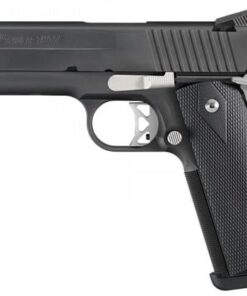

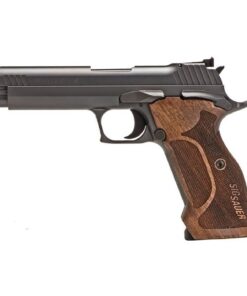
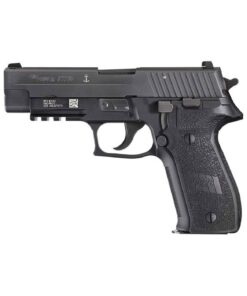


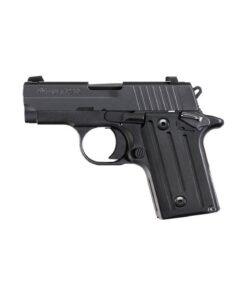
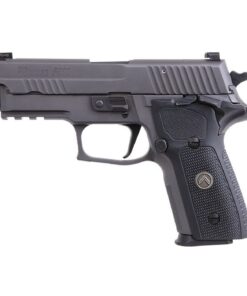
Reviews
There are no reviews yet.